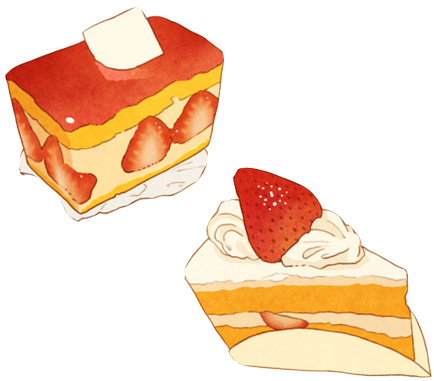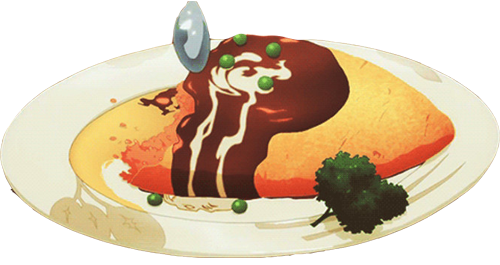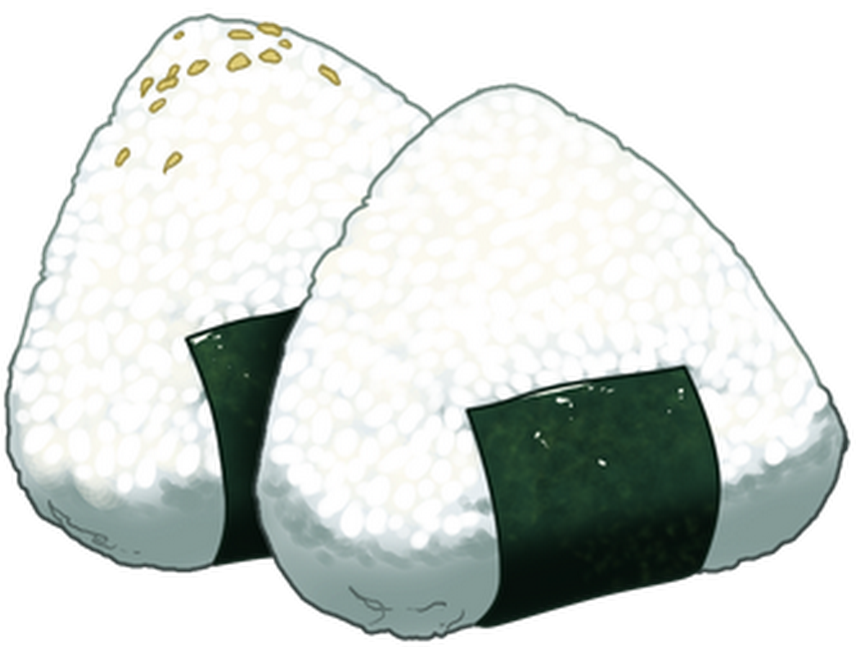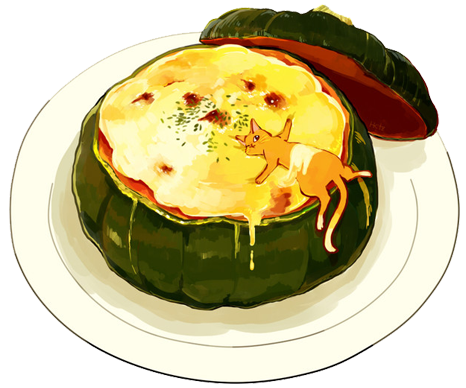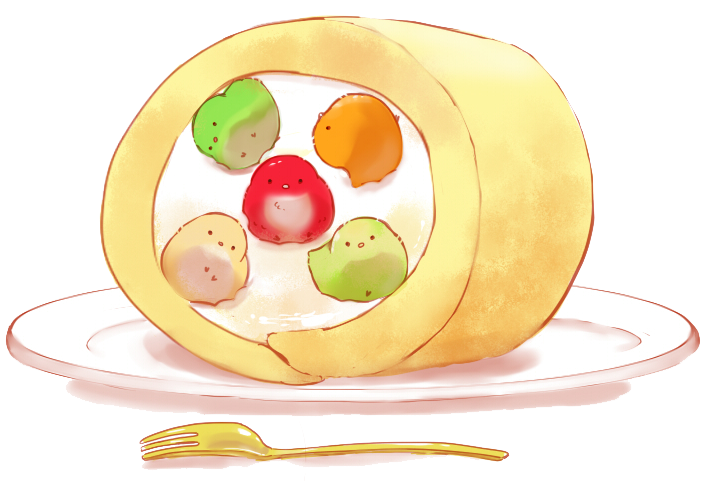


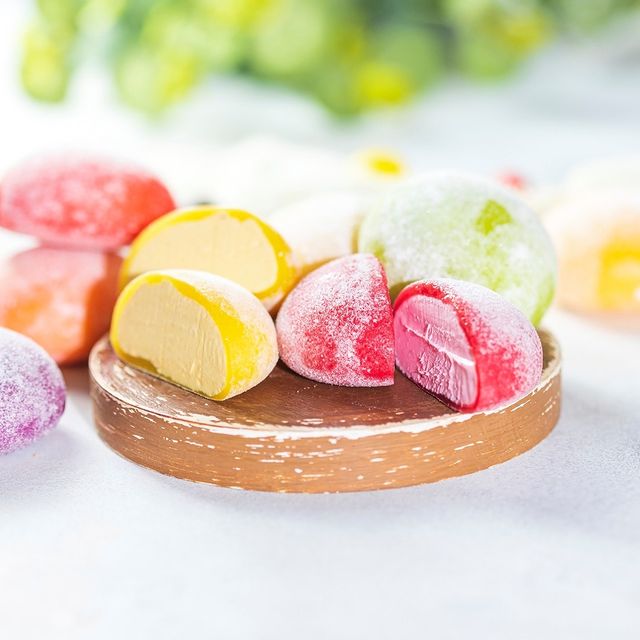
Mochi is a very traditional Japanese desert, and is very versatile. Mochi is made from a special sticky rice called mochi gome. The mochi rice is cooked and shaped to become soft mochi balls.
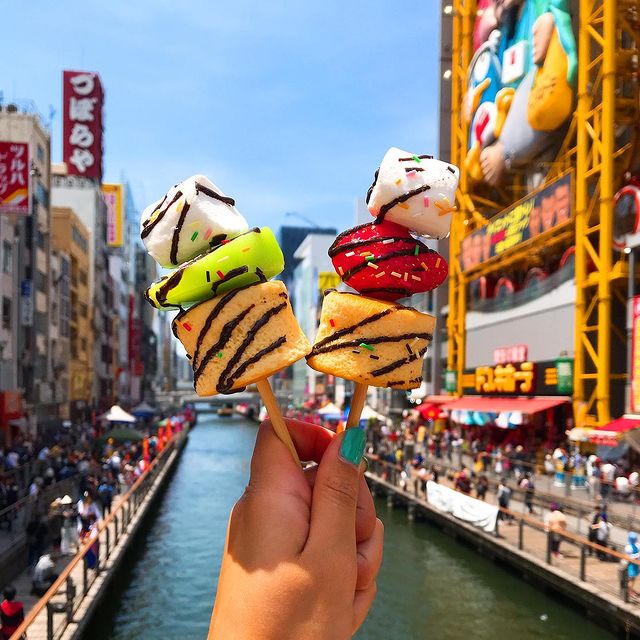
One of the buzzed-about treats from a small store in the city’s America-mura neighborhood. It is basically a pancake on a stick. It offers about a dozen sauces to drizzle on the stick, along with sprinkles and powders.
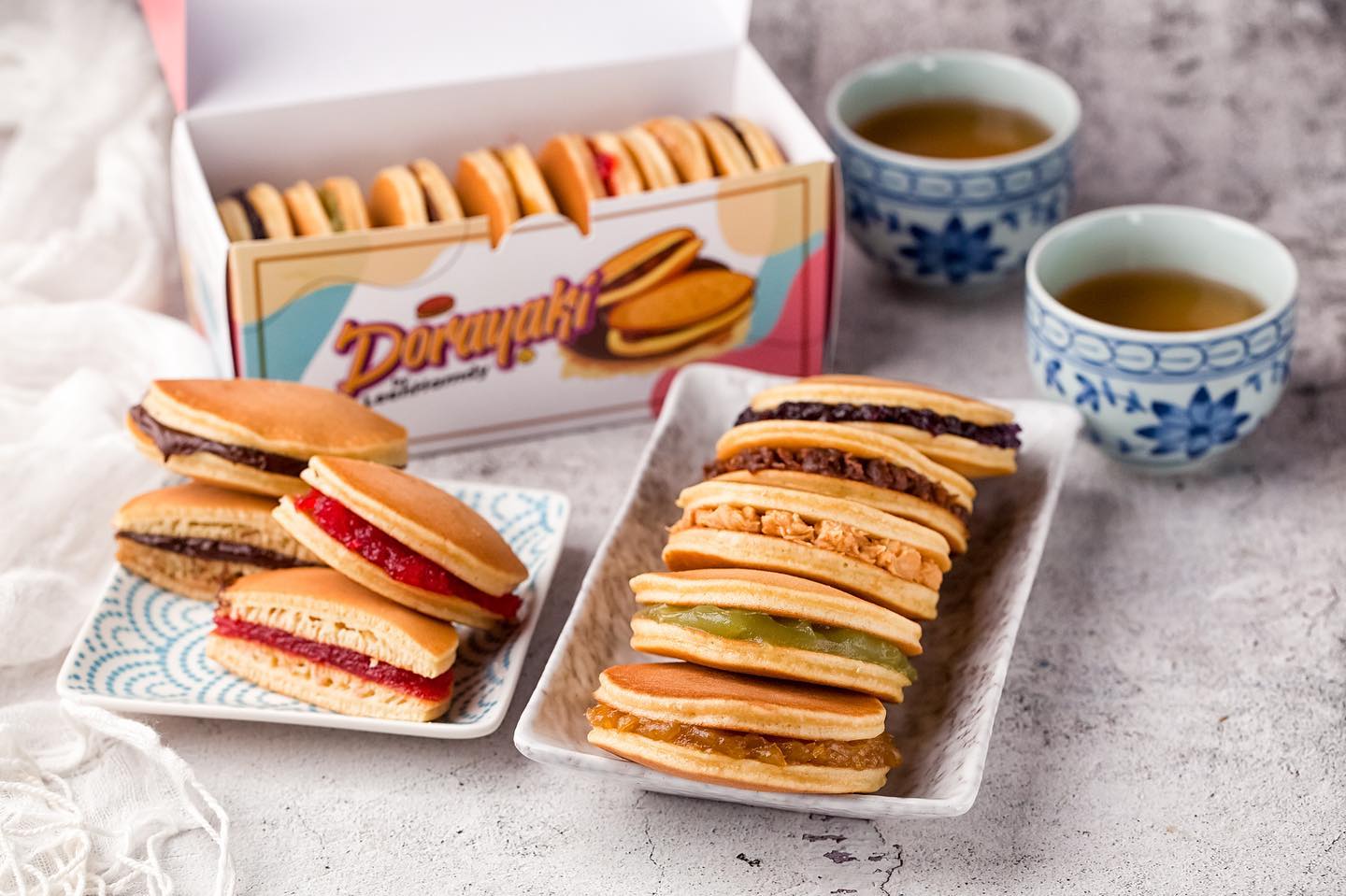
Dorayaki is a type of Japanese confection. It consists of two small pancake-like patties made from castella wrapped around a filling of sweet azuki bean paste. In Japanese, dora means "gong".
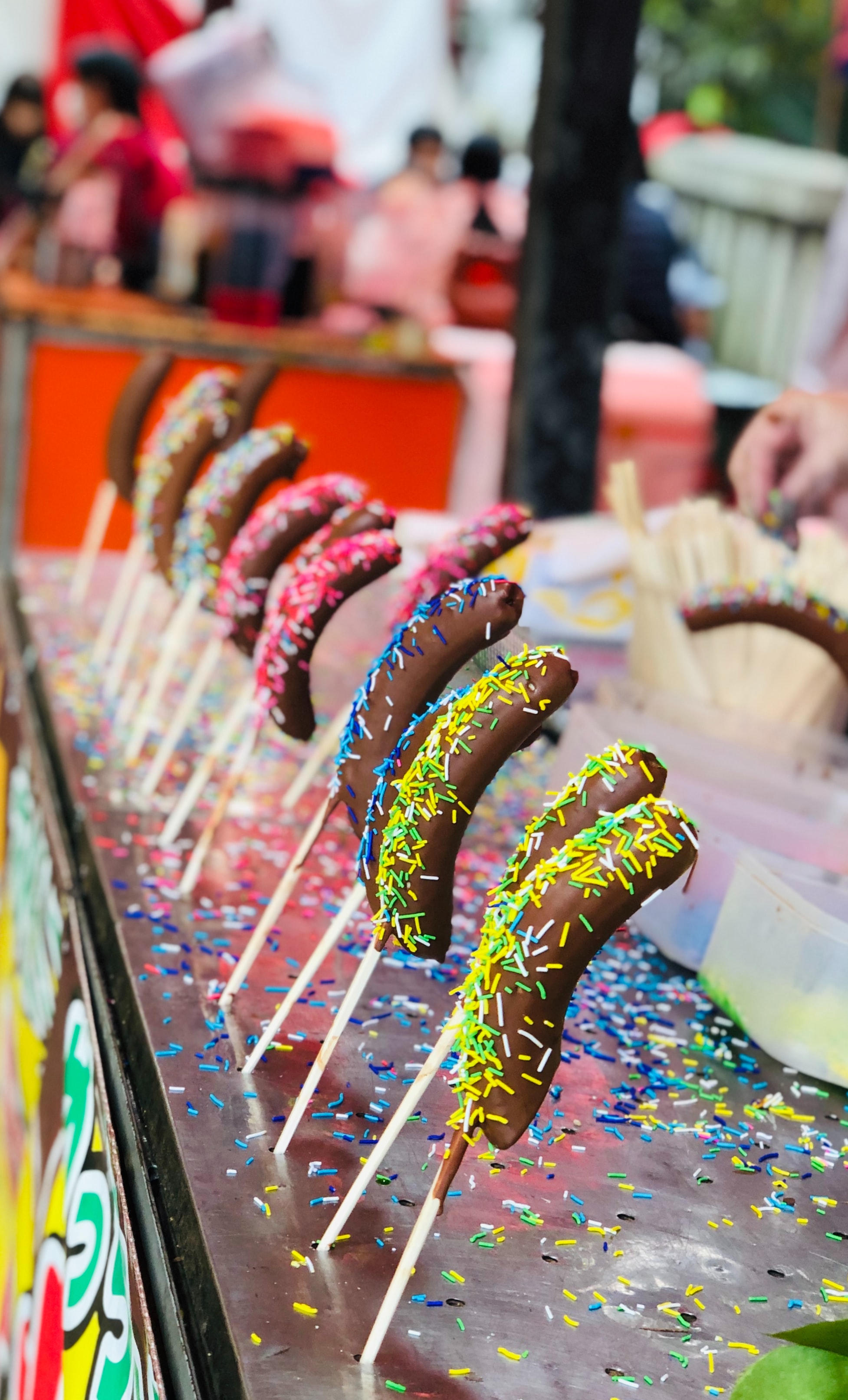
Choco banana is basically a chocolate covered bananas with sticks, commonly eaten at summer festivals in Japan. Its so yummy but it's not something that you can get anywhere.
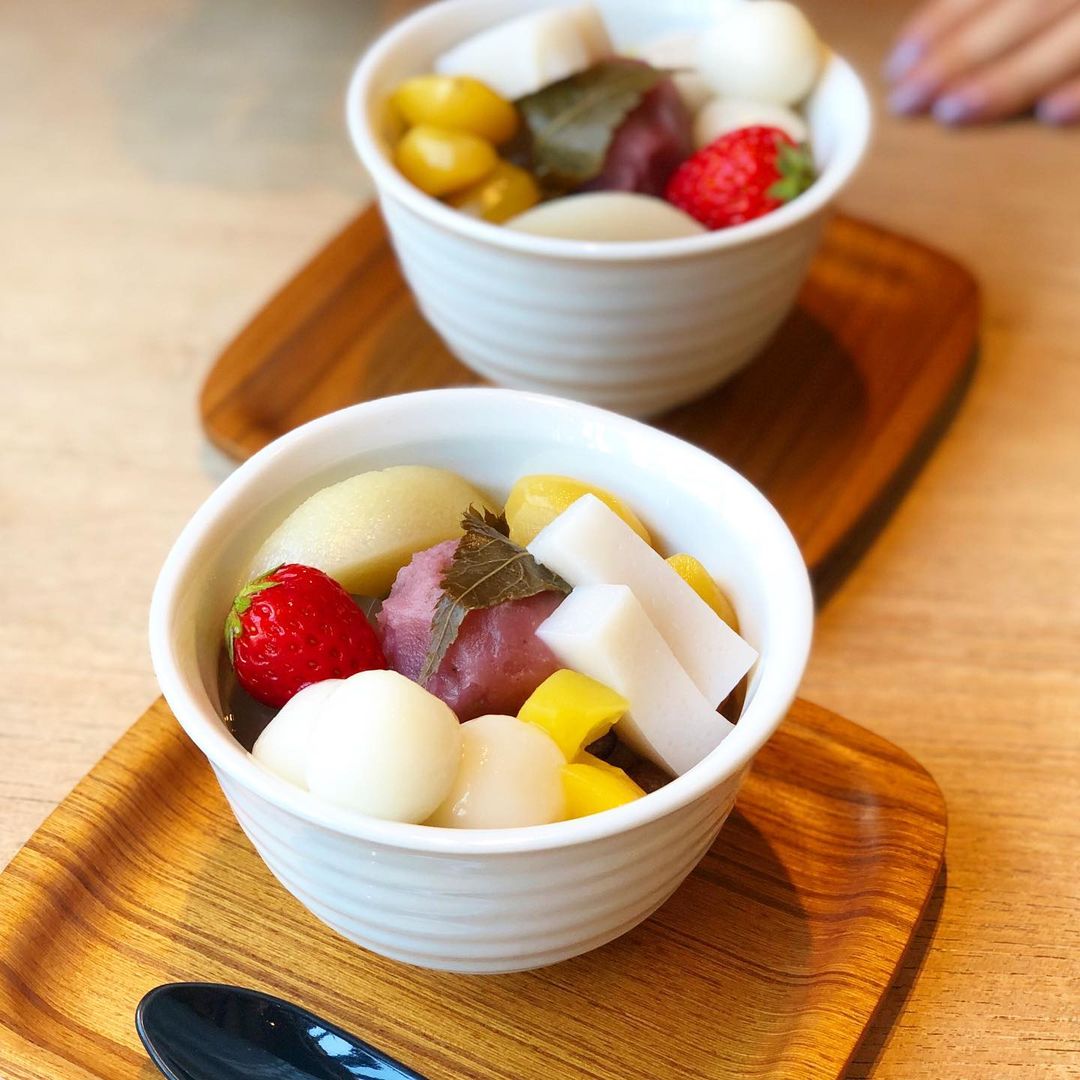
Anmitsu dates to the Meiji era and it is made of small cubes of agar jelly, a white translucent jelly made from red algae. The agar is dissolved with water (or fruit juice such as apple juice) to make the jelly.

Taiyaki is a Japanese fish-shaped cake, commonly sold as street food. It imitates the shape of tai, which it is named after and the most common filling is red bean paste that is made from sweetened azuki beans.
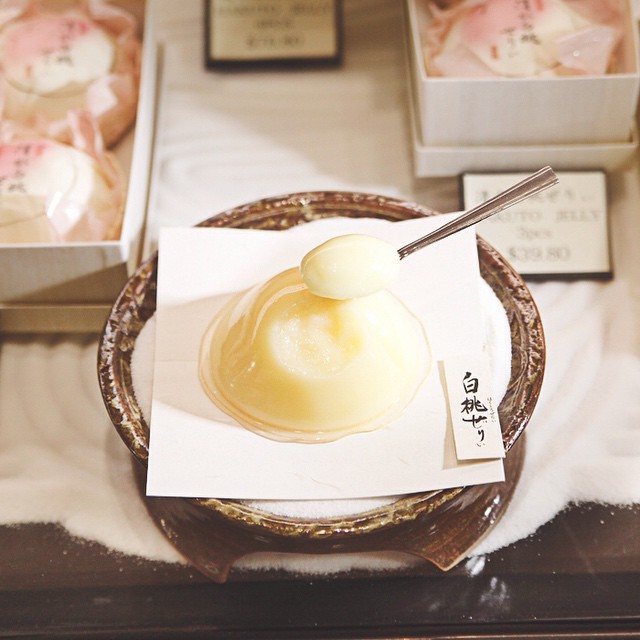
Hakuto jelly is a seasonal Japanese dessert available in the summer. It is made using the juice of ripe hakuto peaches from Okayama and mineral-rich spring water.

Imagawayaki is a Japanese dessert often found at Japanese festivals as well as outside Japan. It is made of batter in a special pan (like a waffle iron but without the honeycomb pattern), and filled with sweet azuki bean paste.
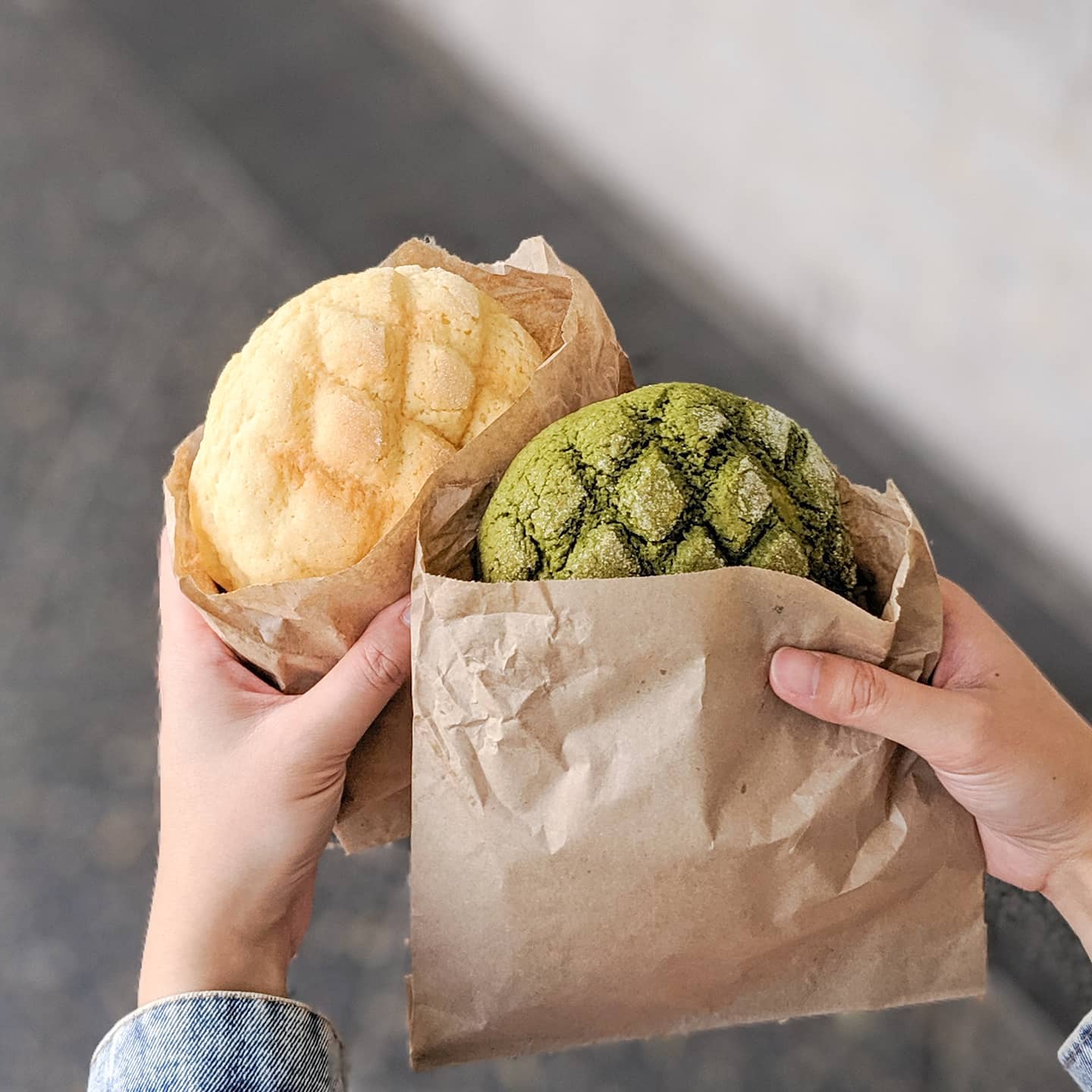
Melonpan is a type of sweet bun and are made from an enriched dough covered in a thin layer of crisp cookie dough. Their appearance resembles a melon, such as a rock melon (cantaloupe).
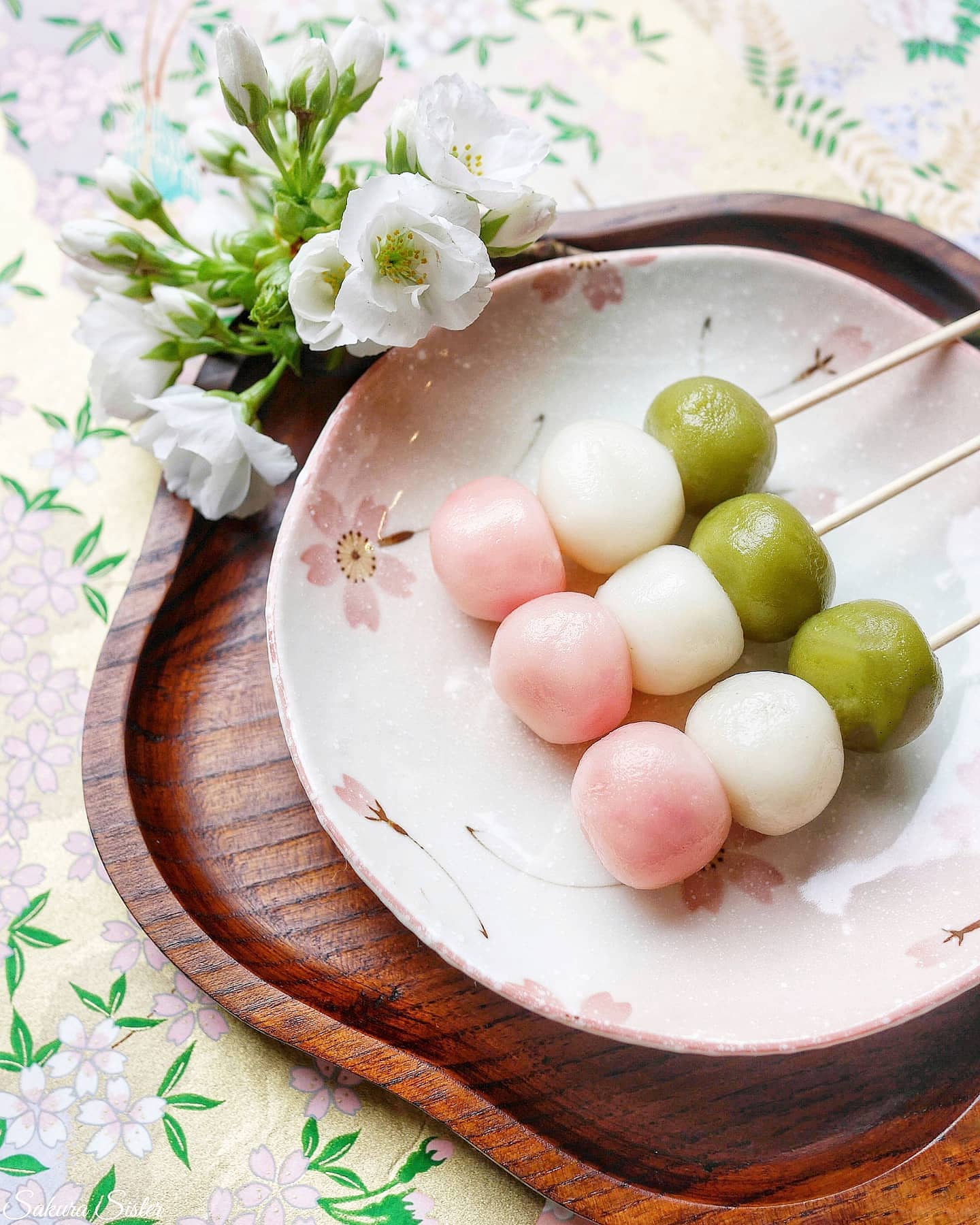
Dango is a Japanese dumpling made from rice flour mixed with uruchi rice flour and glutinous rice flour. It is different from the method of making mochi, which is made after steaming glutinous rice.

Katsudon is a popular dish, a bowl of rice topped with a deep-fried pork cutlet, egg, vegetables, and condiments. The dish takes its name from tonkatsu (for pork cutlet) and donburi (for rice bowl dish).
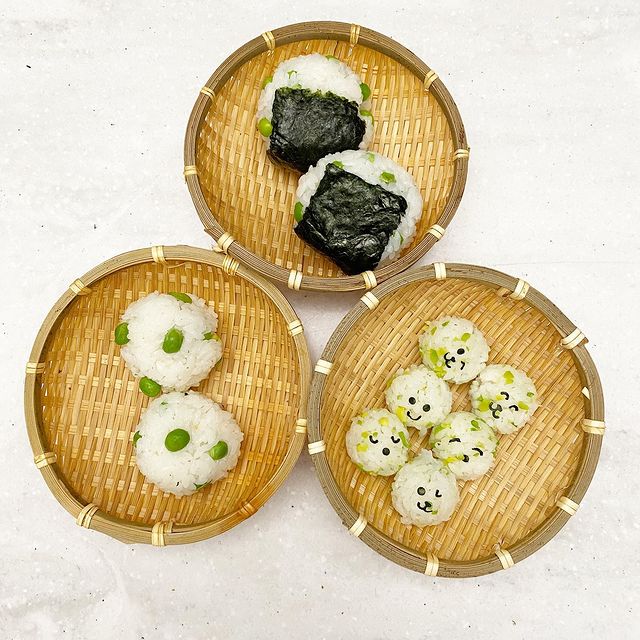
Onigiri, also known as omusubi (お結び), nigirimeshi (握り飯), or rice ball, is a Japanese food made from white rice formed into triangular or cylindrical shapes and often wrapped in nori (seaweed).
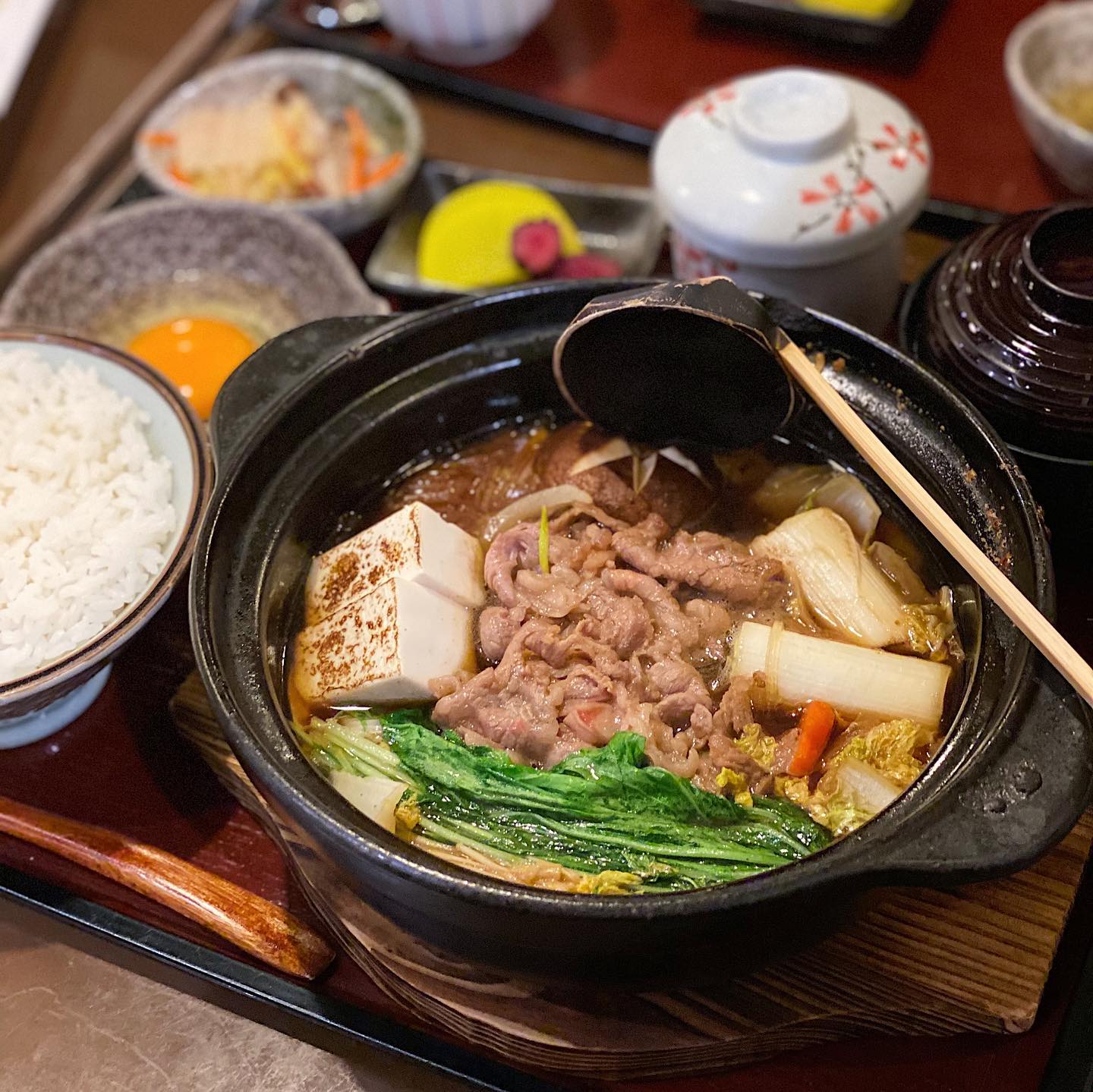
Sukiyaki (鋤焼) is a Japanese dish that is prepared and served in the nabemono (Japanese hot pot) style. It consists of meat (usually thinly sliced beef), vegetables and other ingredients, in a shallow iron pot.

Ramen is a Japanese noodle soup. It consists of Chinese wheat noodles served in a meat or fish-based broth, often flavored with soy sauce or miso, and uses toppings such as sliced pork, nori, menma, and scallions.
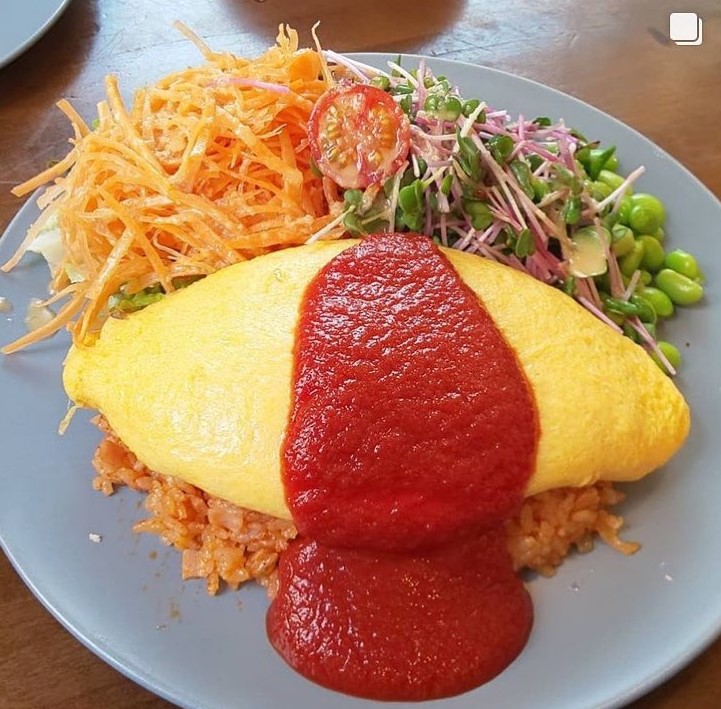
Omurice is an example of yōshoku consisting of an omelette made with fried rice and thin, fried scrambled eggs, usually topped with ketchup. It's a popular dish cooked at home and found at western diners in Japan.
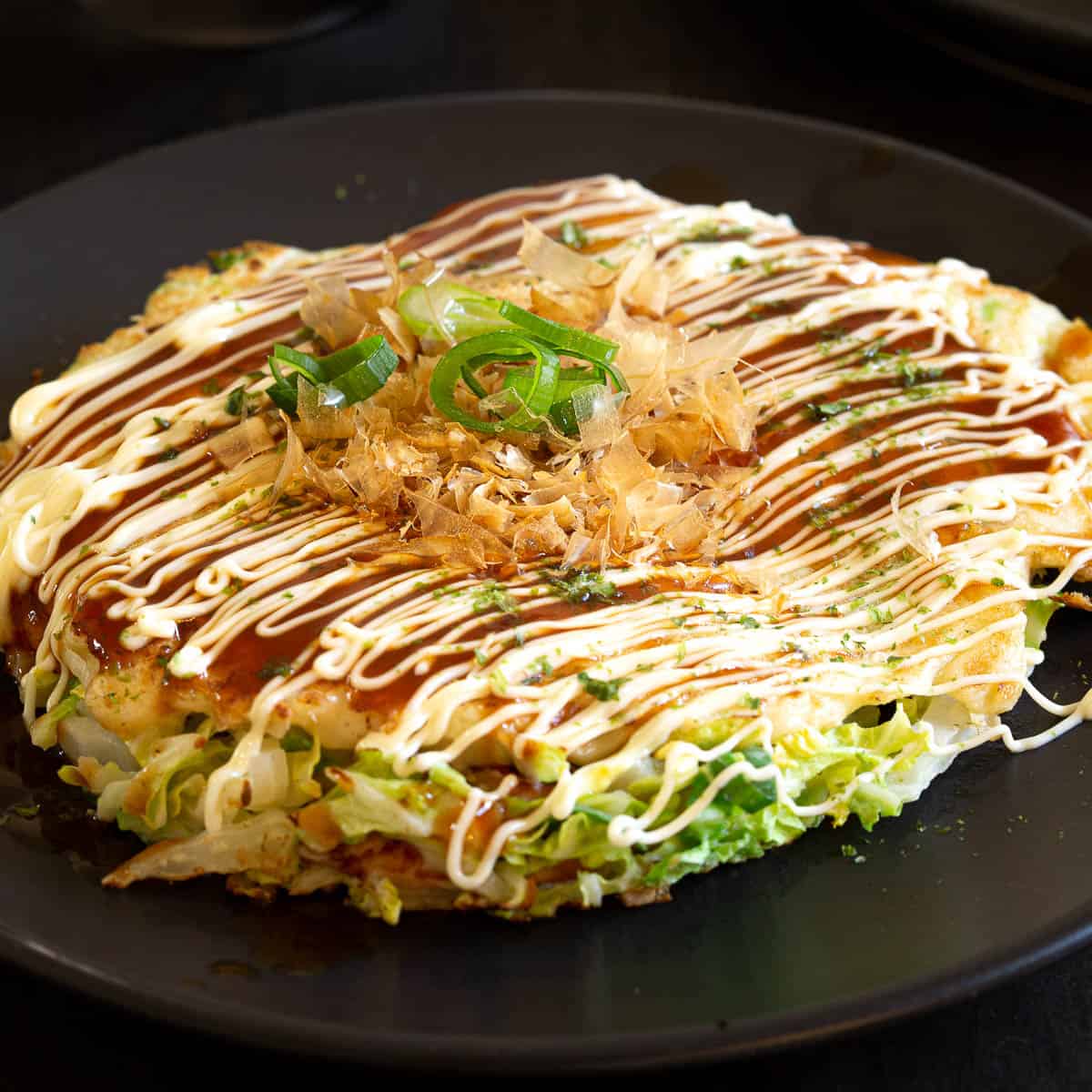
Okonomiyaki is a Japanese savory pancake containing a variety of ingredients in a wheat-flour-based batter. It's derived from the word okonomi (how you like or what you like) and yaki (cooked).
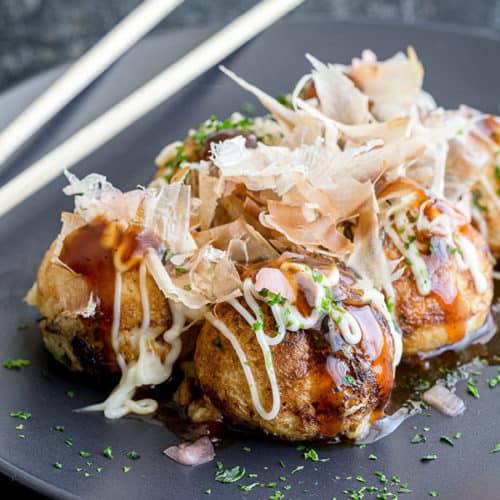
Takoyaki ("octopus balls") is a ball-shaped snack made of a wheat-flour-based batter and cooked in a special molded pan. Typically filled with minced/diced octopus, tempura scraps, and green onion.
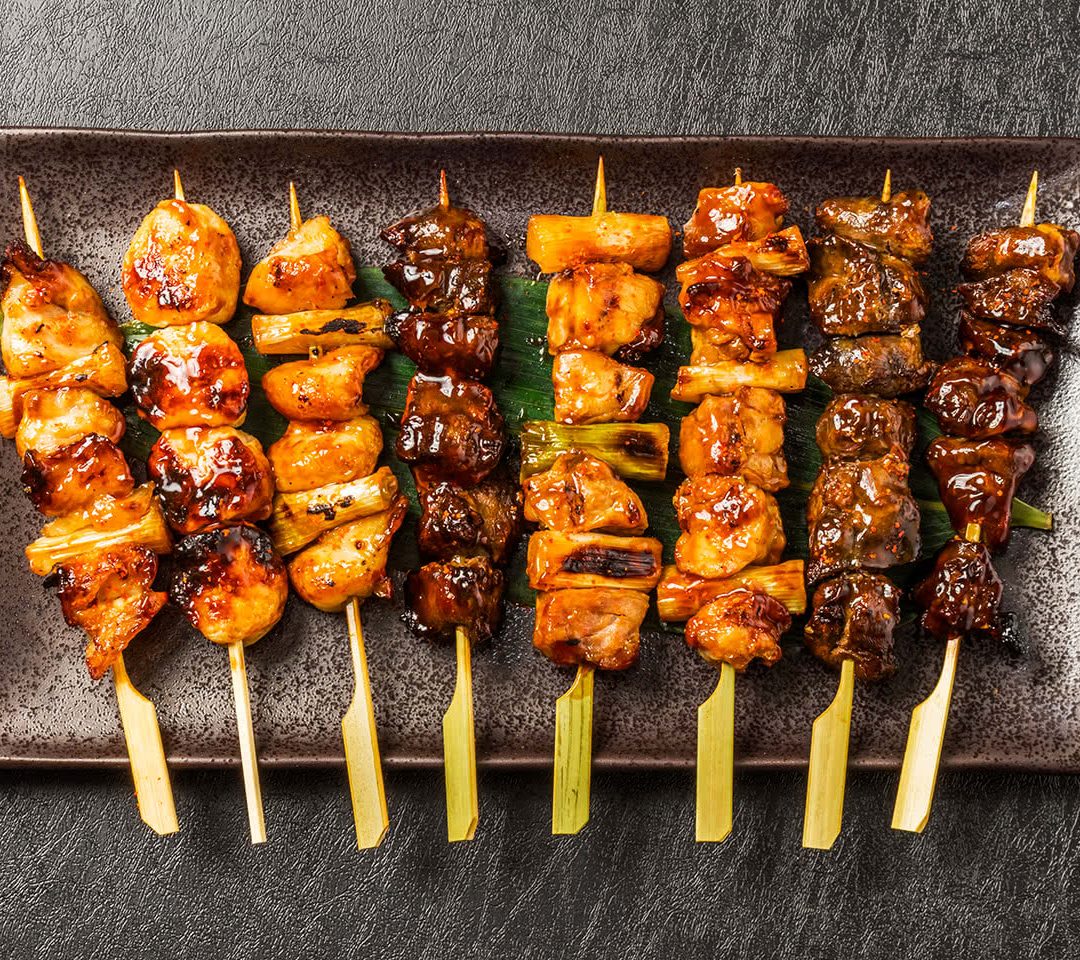
Yakitori is a Japanese type of skewered pork/chicken. It involves skewering the meat with kushi (type of skewer) then grilled over a charcoal fire. During/after cooking, the meat is seasoned with tare sauce or salt.
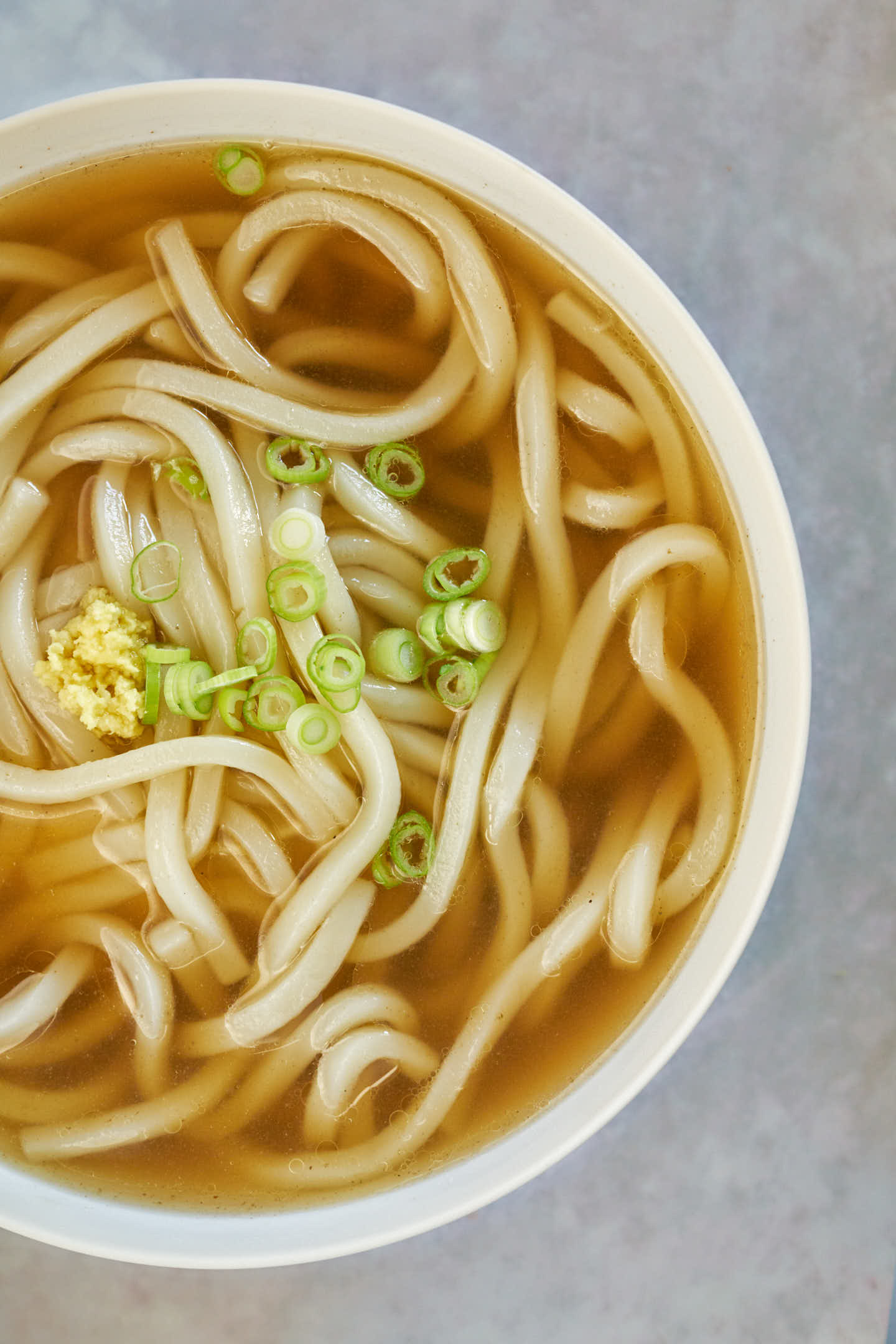
Udon is a thick noodle made from wheat flour and is a comfort food for many Japanese people. Its simplest form is in a hot soup as kake udon with a mild broth called kakejiru made from dashi, soy sauce, and mirin.
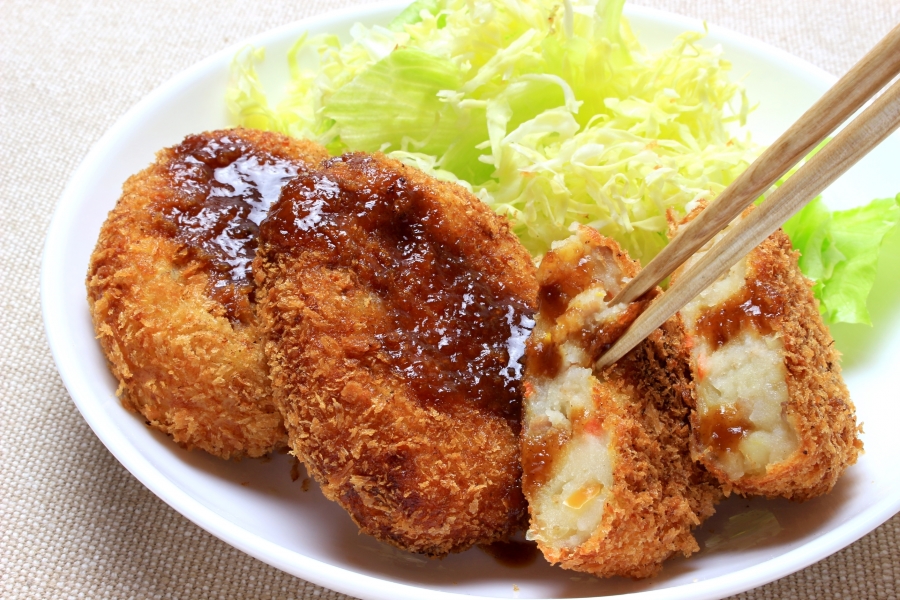
Korokke is the Japanese name for a deep-fried yōshoku dish originally related to a French dish, the croquette, consisting of breaded, deep fried patties, typically filled with mashed potatoes or cream sauce.

